|
Summers here, which means flip flop season has started. Chuck off the socks and takkies, and pull on the plakkies. Ever wondered where your flip flops came from? Probably not, but I'll tell you anyway... The name "flip flop" comes from the sound the sandals make when they slap between the sole of your foot and the floor. The first ou's to rock slops were the Ancient Egyptians in 4000 BC, as there're murals in their tombs depicting them. What we know as the modern flip flop gained popularity in the States after the end of World War II. They are derived from the Japanese zōri, which were worn by lil kids learning to walk. Returning soldiers brought them back to the US with them as souvenirs. They then became even more popular after soldiers returned from the Korean War in the 1950s with them. During the postwar boom, Americans started to design flip flops in new bright colors and patterns, wearing them for their convenience and comfort. In the 1960s, they became primarily known as a part of the casual beach lifestyle of California. A flip flop isn't a flip flop all over the world. In Aus they're called thongs, the Kiwi's call them jandals (short for "Japanese sandals"), and we call em slops (or plakkies). Not every country has the plastic fantastic version - the Masai tribe from Kenya make their flip-flops out of rawhide, while in some parts of India they were made out of wood. In China and Japan, rice straw was used back in the day and in South America, sisal plant leaves were used to make twine for the footwear. Slops weren't always a next to the big toe thing. The Ancient Greeks had it right and wore the toe strap between their 1st and 2nd toes. But the Ancient Romans wore the strap between the 2nd and 3rd toes and the Mesopotamians wore it between the 3rd and 4th toes. Just doesn't seem right, hey? Havaianas, a classic and well-known brand, was created in 1962 in Brazil by the country's largest footwear brand Alpargatas. In the beginning, there was nothing glamorous about them at all. They were created for the poorest peeps of Brazilian society and became known as a symbol of poverty and indicator of status. The rubber flip-flop was a simple solution to Brazil's economic state in the ‘60s. They had millions of poor people, and needed a basic and inexpensive shoe that suited its tropical climate. Alpargatas saw the gap in the market, and inspired by the “zori” slippers worn in Japan, the first Havaianas were created as an affordable shoe to for an overwhelmingly vast impoverished population. The shoes were widely distributed across favelas and low-income communities. They were even deemed a basic necessity provided by the government. The name Havaianas is Portuguese for Hawaiians. Nowadays more than 150 million pairs of flipflops are being produced every year. And it seems like 140 million of them wash up on tropical islands! Whenever we go to the Maldives we're amazed by the number of solo slops that are washed up on the beaches. Ocean Sole in Kenya have a unique solution to the problem of the washed up flops - they're turning them into art, kid's toys and jewelry. They employ over 70 peeps. So proof that one mans trash is another's treasure. If your slops blow out - don't just chuck em out. Turns out they pretty easy to fix. Pull the thong out? No probs - grab one of those bread clip thingy's, and just slip it, with the slit oriented downward, around the toe post. This creates more backing so the toe post doesn’t pull through the hole. The base on the toe post needs to be there for this method to work. If the base has pulled off, still no problem: all you need is a safety pin or paper clip (or any thin piece of wire). Pop the toe post back through the slop, then push the safety pin into the toe post and close the pin. Get the safety pin as centered as possible so you create a large base. Otherwise straighten out a large paper clip and do the same thing. As with everything, things evolve. Nowdays you can get slops that open beers for you, although it helps to be careful where you step. Doggy doo on your shoe isn't gonna encourage you to go snap the top off your Heinie. Say thanks to Mick Fanning for that inspired creation. You can also carry a coupla tots of your favorite tipple inside the heel of your Reef Dram Sandals. Four generous shots of courage afoot wherever you may roam so they say. Just not sure if foot-odored whizzo's is everyone's cuppa tea. Reef Sandals is one of the most popular sandal companies in the world. Argentine bro's Fernando and Santiago Aguerre created the brand back in 1984. They were frothing local surfers, and owned a shop in Argentina, but eventually moved to San Diego, where Reef would take off thanks to some pretty smart marketing idea's. Using bums to sell slops worked like a bomb! Any ou who read surf mags in the 80's and 90's will remember those ads fondly. No more faceless bums for Reef these days - now they sponsor surfing bums. Alana Blanchard has Reef on her feet. Slops for the beach are one thing, but ever imagine running a marathon in them? Keith Lavasseur finished the Baltimore marathon in 29th place out of 3,024 runners within a brisk two hours, 46 minutes and 58 seconds -- all while wearing his Reef sandals. Respect! You're probably worked out that slops aren't so lekker to drive in. Turns out the Spanish authorities agree, and it's illegal to wear flip-flops in Spain whilst driving. The stats reckon around 1.4 million road traffic collisions are caused each year from people wearing flip-flops. Some researchers reckon that flip flops aren't so lekker for your feet. Ou's from Auburn University say that when you wear flip-flops, you tend to scrunch your toes to keep the flip-flop on your foot while your heel is lifted in the air. This motion, the researchers report, “stretches the plantar fascia, the connective tissue that runs from heel to toe, causing inflammation, pain along the sole, heel spurs and tired feet in general.”
Furthermore, according to the Auburn team, the flip-flop wearers they studied noticeably “altered their gait, taking shorter strides and turning their ankles inward, likely to keep the flip-flop from falling off.” Long-term ankle and hip problems could result - you've been warned! But hey, nothing beats wearing slops! Comments are closed.
|
AuthorMillerslocal Archives
July 2021
|
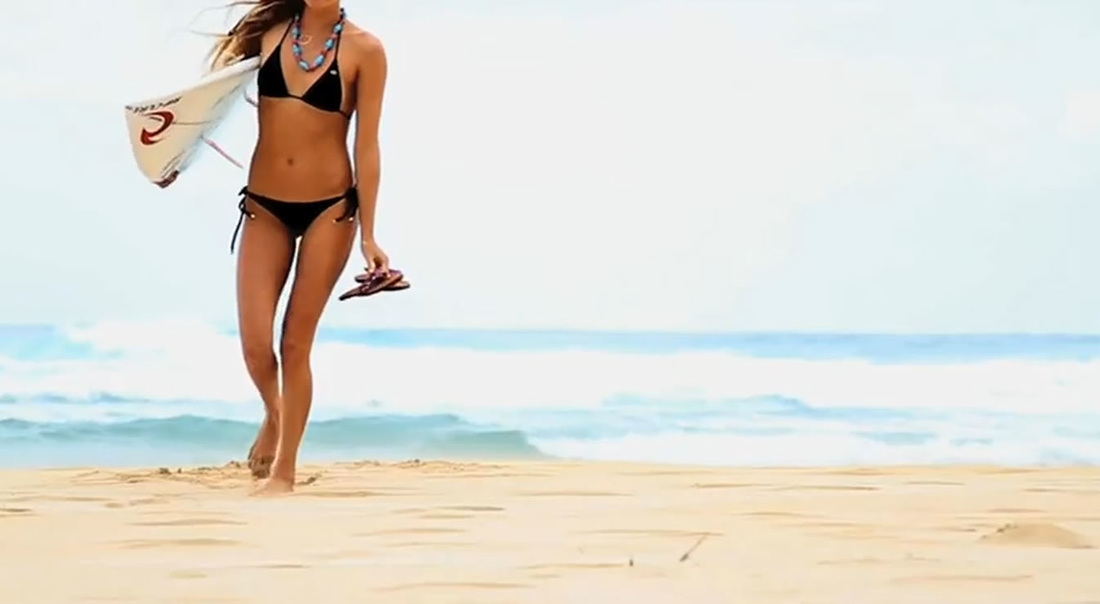
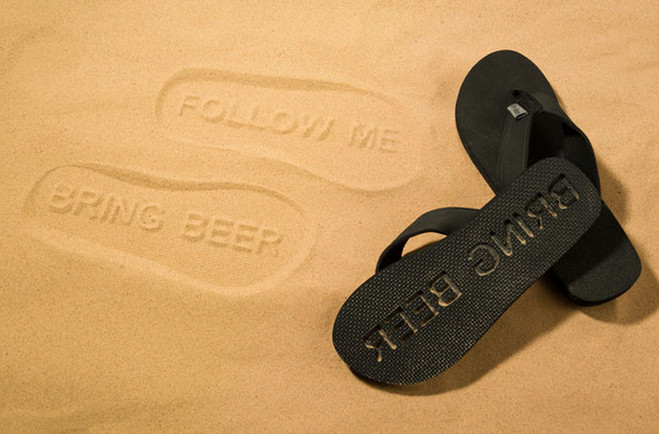
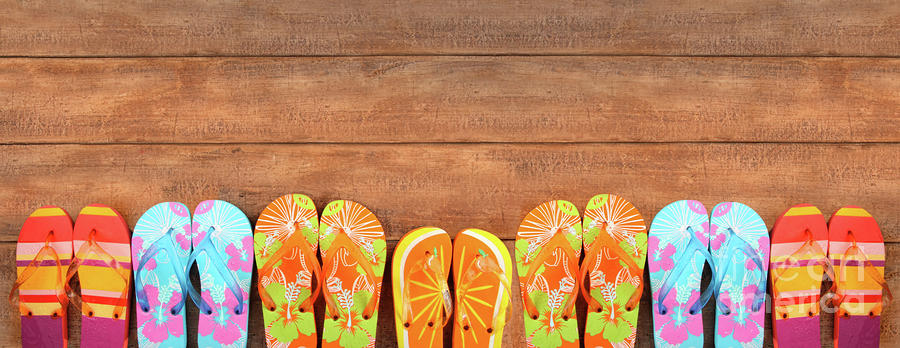

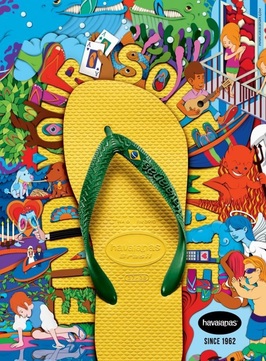
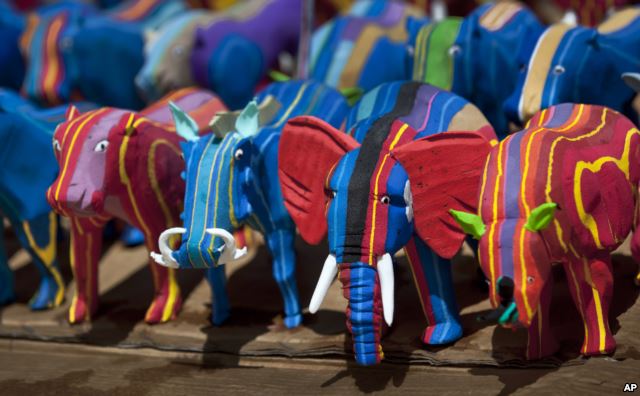
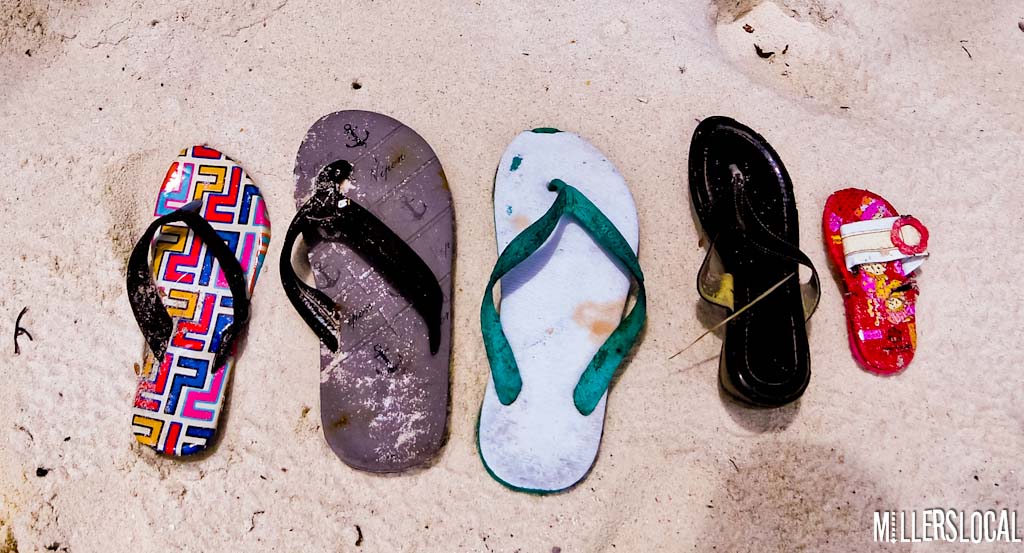
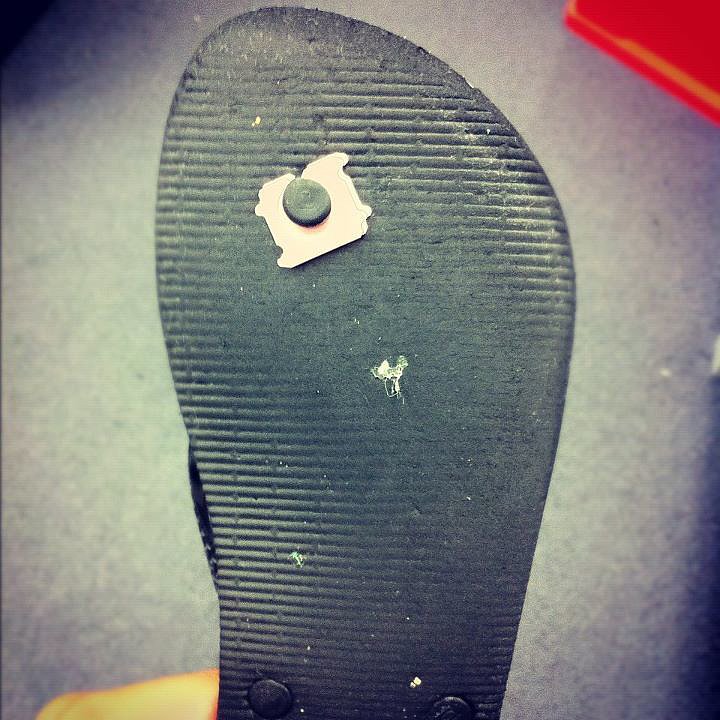
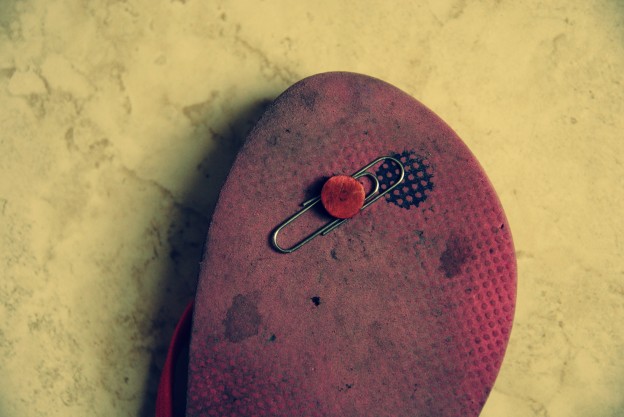
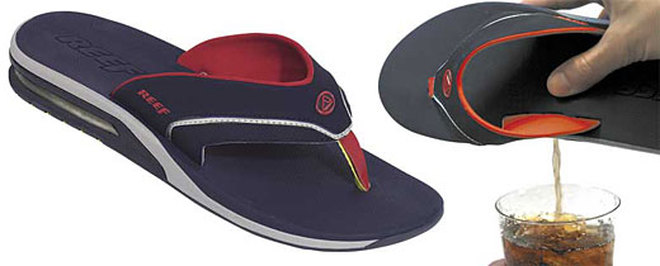
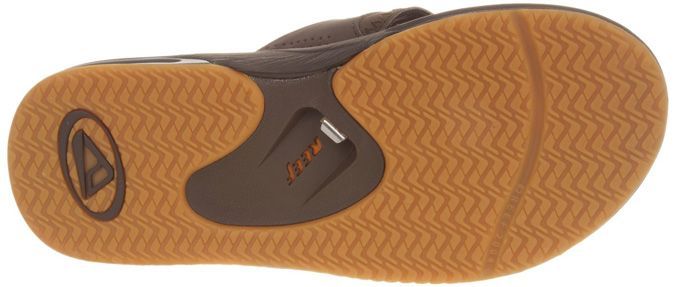
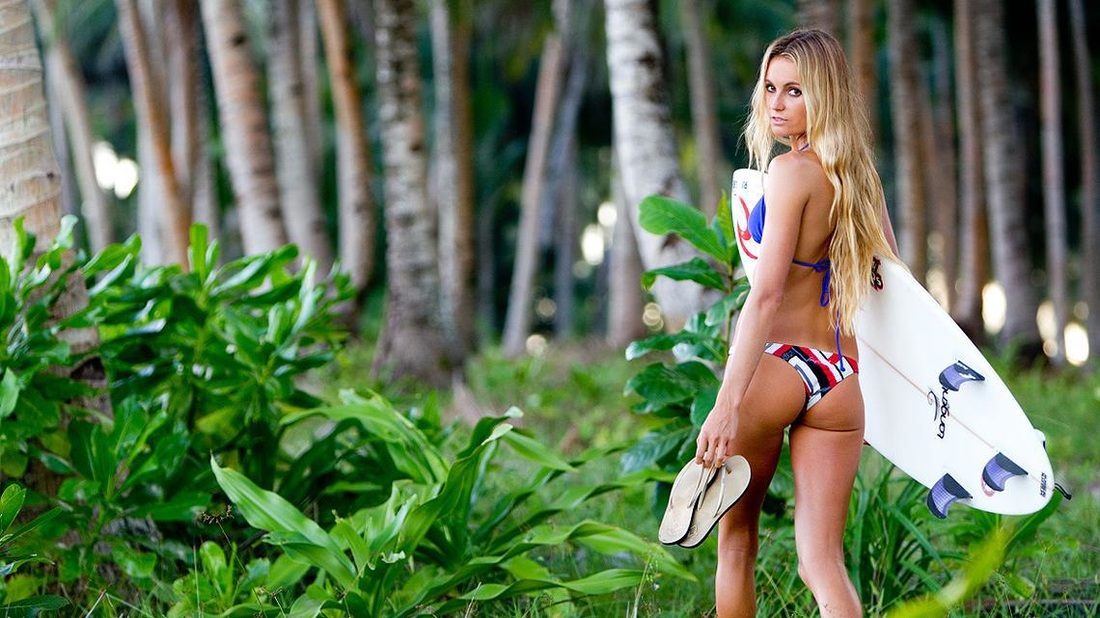
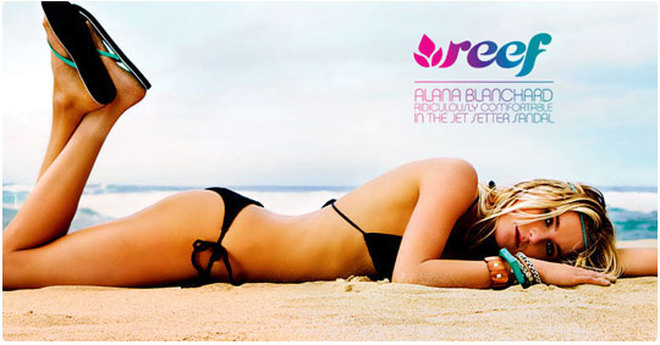

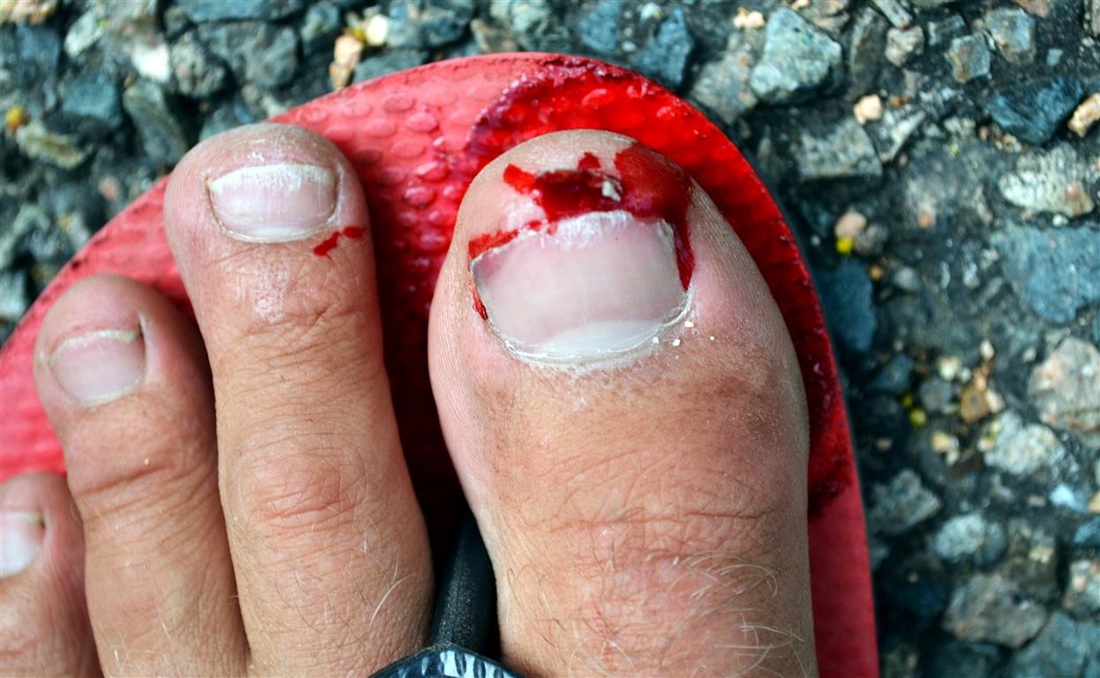
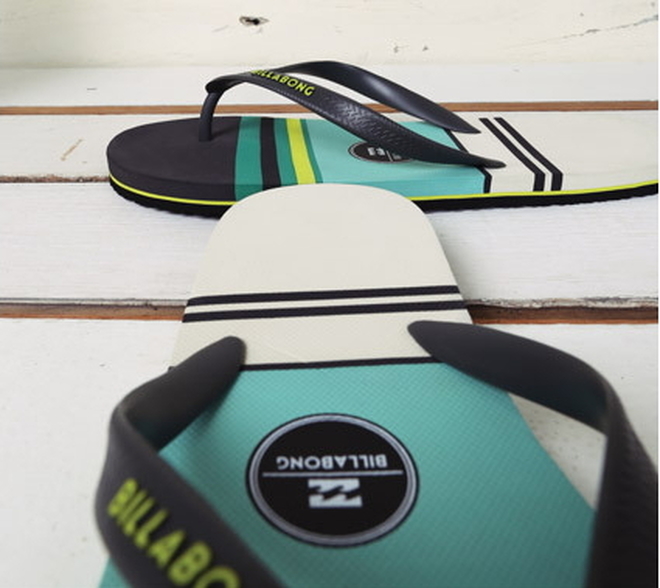

 RSS Feed
RSS Feed
